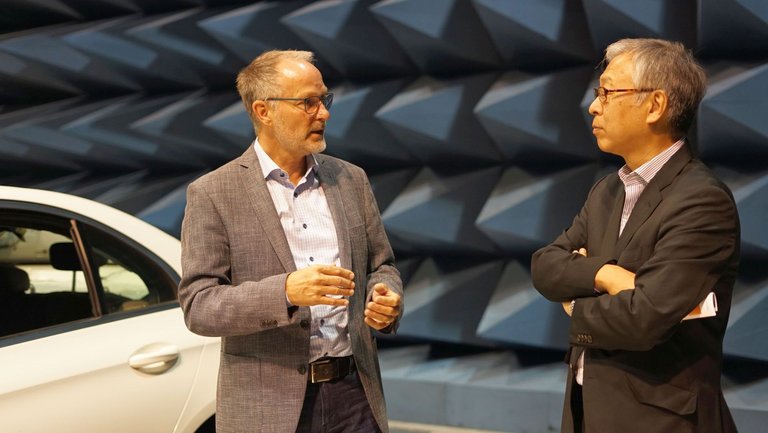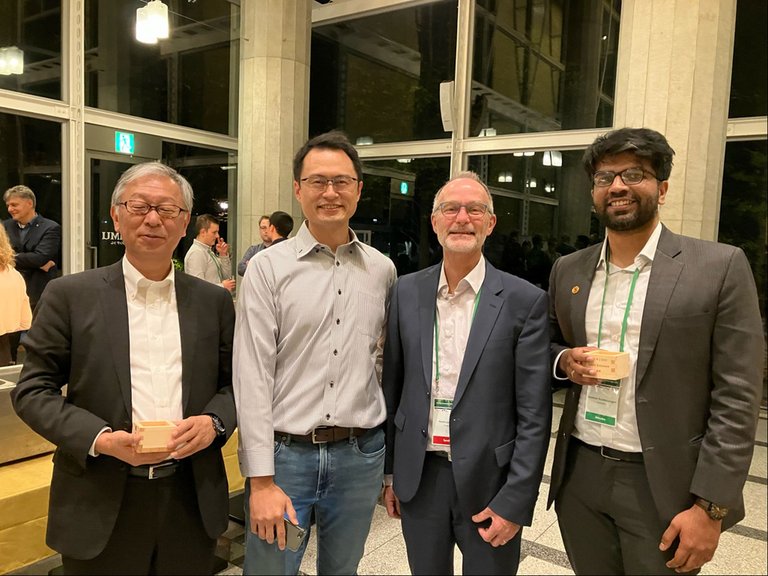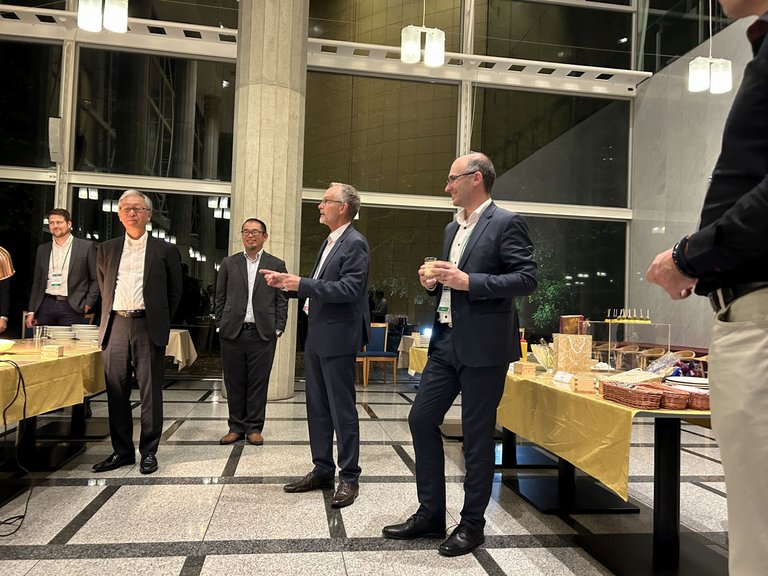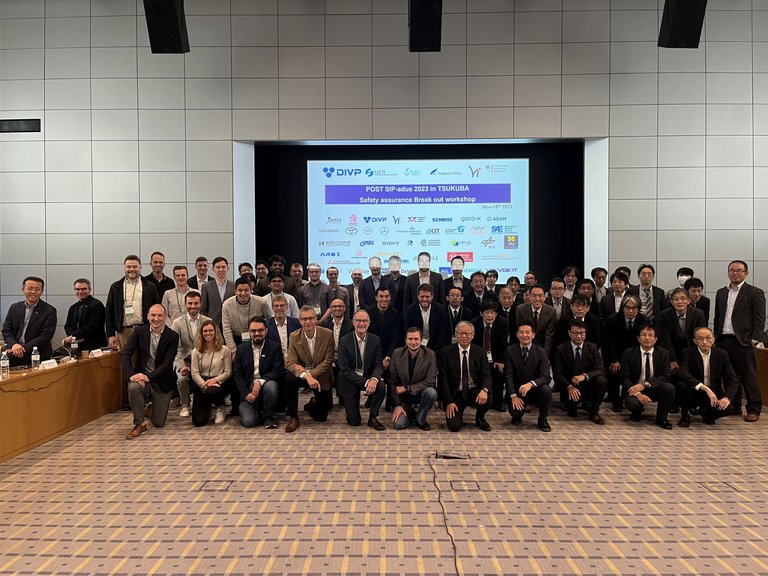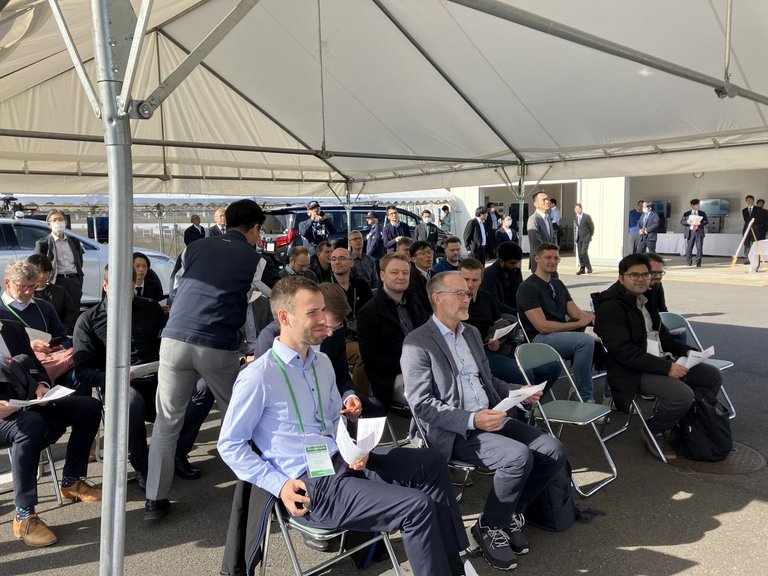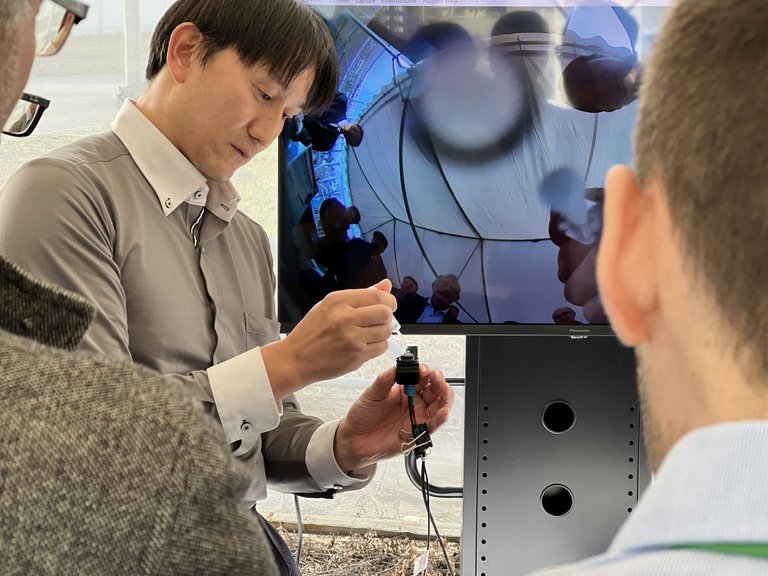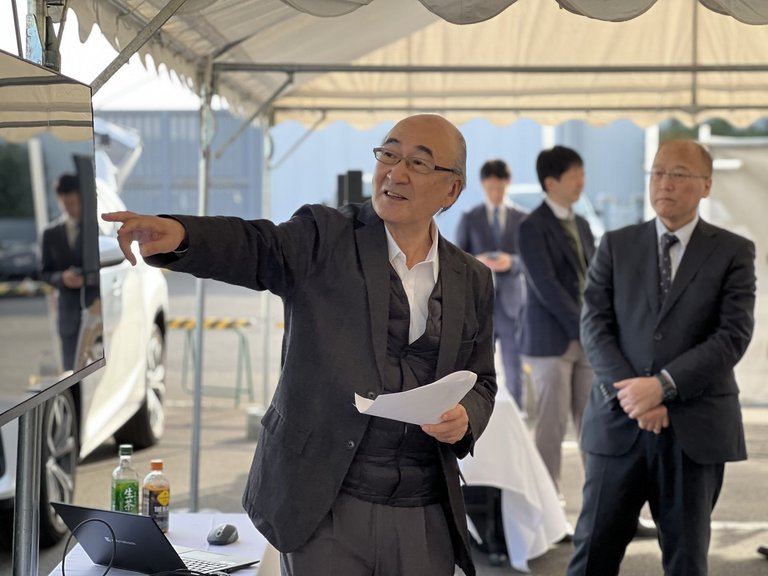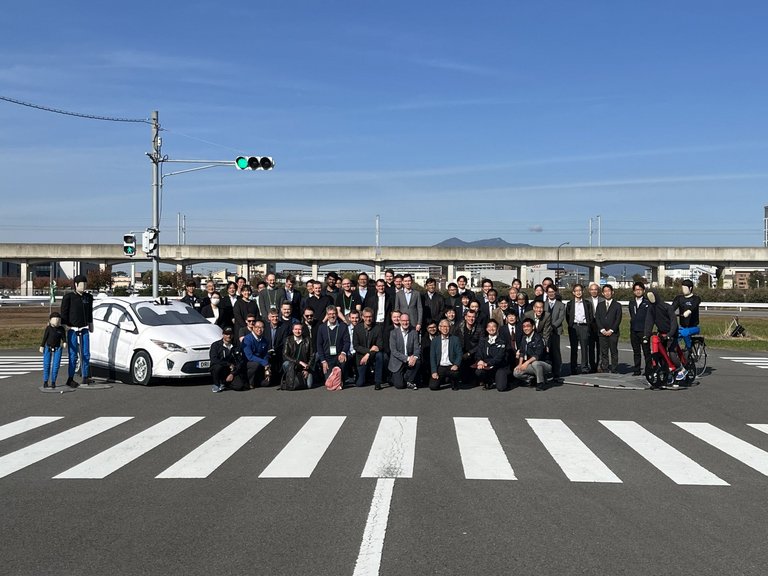Vehicles are approved for road use after they have undergone extensive road safety tests. However, suitable test and approval procedures still need to be developed for automated driving cars. In the German-Japanese research project VIVID, a research team from TU Ilmenau, together with a large project consortium, tested various scenarios in road traffic in a virtual environment and tested radar sensors to detect the surroundings. Their research results are now being used by well-known automotive companies and are contributing to the development of automated networked driving.
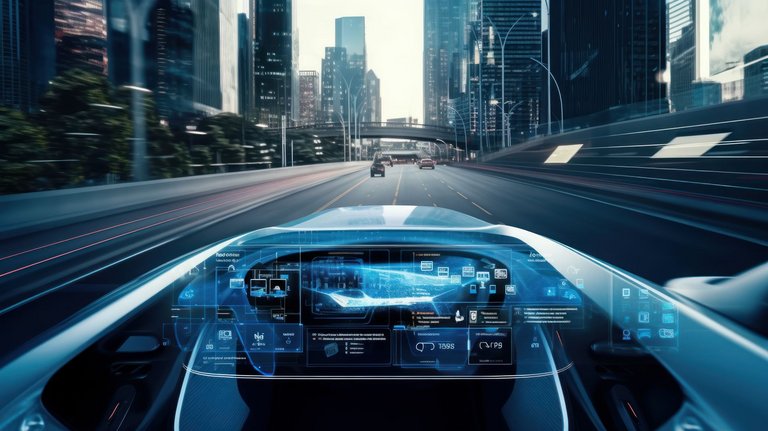
Get in, lean back and drive off - this is the driving experience offered by highly automated cars. Even if the technical requirements are met, highly and fully automated driving in Germany is only permitted in suitable traffic environments, depending on the degree of automation. One reason for this is to ensure driving safety. Before self-driving cars are allowed to take part in road traffic, car manufacturers must prove their safety.
Traditional driving tests, in which test drivers put the cars through their paces over millions of kilometers, are no longer suitable for future generations of automated vehicles. Billions of kilometers would now be required for a reliable assessment of the safety risk. Instead, standardization committees and companies in the automotive and supplier industry are relying on virtual test drives. In a simulated traffic environment, they test the reliability of all components of the braking, steering and sensor systems as well as the automated driving functions.
In the VIVID project, short for "German Japan Joint Virtual Validation Methodology for Intelligent Driving Systems", scientists at TU Ilmenau have been working with partners AVL List, Blickfeld, Continental, DLR Institute of Transportation Systems, IPG Automotive, KIT, Mercedes-Benz, TU Darmstadt and Kempten University of Applied Sciences to develop a closed simulation chain consisting of an environment model, sensor model and data transmission. The research team at the Thuringian Innovation Center for Mobility (ThIMo) focused on the question of how the performance and limits of vehicle radars, as they will later be installed in cars, can be tested in a virtual environment. Radar sensors are among the essential components of an automated vehicle for detecting its surroundings. They detect objects such as other vehicles and pedestrians and measure their distance to the vehicle as well as their relative speeds with maximum precision, even in difficult weather conditions and at night.
Car navigates through virtual traffic environment
In the VIVID project, the research team carried out the sensor tests using the vehicle-in-the-loop method, in which a real vehicle navigates through a traffic environment realistically simulated on the computer. The team, led by Prof. Matthias Hein, project coordinator and head of the RF and Microwave Research Group at ThIMo at TU Ilmenau, tested the driving behavior of the car in various traffic situations. In the virtual road - simulation and test facility VISTA, the researchers simulated a variety of scenarios - such as colliding with another car, slalom driving or detecting lost freight. The situation in which a person suddenly drives onto the road is also one of the particularly critical scenarios investigated in the project. Project manager Prof. Matthias Hein explains why VIVID represents a significant step towards the global harmonization and standardization of virtual test procedures:
We have succeeded in realistically mapping road traffic scenarios in a virtual environment and testing them without risk. Our results flow directly into the research and development departments of renowned automotive and supplier companies. In this way, we are making an important contribution to the development of automated driving not only in Germany, but also worldwide through our collaboration with Japanese partners.
Consolidation with other large-scale projects
The German-Japanese VIVID project was funded by the German Federal Ministry of Education and Research (BMBF) with 3.33 million euros as one of four selected research projects on automated and connected driving. With a focus on safety and validation, large consortia from industry and science in both countries spent three years researching the virtual verification and validation of sensors for automated and connected driving and exchanging their findings in order to use them for the joint further development of the technology. The Japanese sub-project DIVP involved Toyota Motor Corp, Honda, Nissan, Kanagawa Institute of Technology, Nihon Unisys, SOKEN, Mitsubishi Precision Company, SOLIZE Engineering Corp, Sony Semiconductor Solutions Corp, Hitachi Automotive Systems, DENSO Corp, PIONEER Corp, Deloitte and SOLIZE Corp. In autumn 2023, VIVID came to a close at the Mobility Innovation Week in the science city of Tsukuba, where Prof. Hein was one of around 25 German delegates to present the project results.
The findings from the project will now be taken up in the follow-up initiative CONTROL of the SafeTRANS working group to safeguard automated and connected driving and expanded together with results from thematically related projects. As one of many other leading experts from science and industry, Prof. Matthias Hein and his team are using their know-how to make safe, highly automated driving a reality on German roads as soon as possible:
The coordinated combination of VIVID with large-scale projects is the best possible utilization that a researcher can imagine. Only through such concerted action can we make the vision of driverless driving a reality without any safety concerns.


